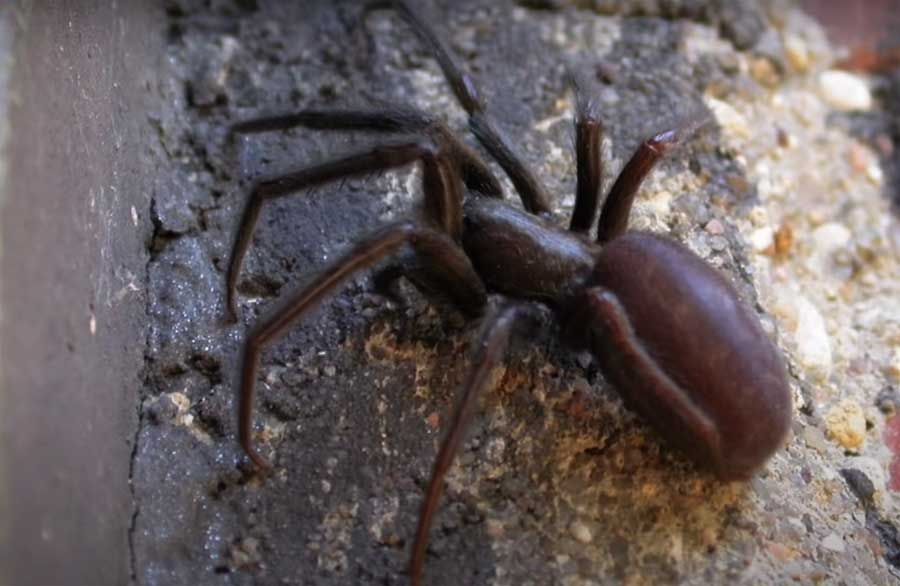Spiders and spider bites in France
We can find about 1600 species of spider in France and as many will already know spiders are not insects but are part of the class of Arachnids, in the same way that dogs are part of the class of Mammals, Swallows are part of the class of Birds and Ladybirds are part of the class of Insects. Arachnids comprise chiefly terrestrial invertebrates that includes spiders, scorpions, mites, and ticks. They have a segmented body that is divided into two parts of which the anterior bears four pairs of legs and they don't have antennae.
Spiders have venom glands that enable them to kill their prey when they bite them. Their prey is made up of insects of all types and given that they will also eat other spiders males need to be especially careful when attempting to mate and it isn’t unusual for them to be eaten by the female.
Most, if not all of us, will know someone with a phobia about spiders but are these hairy little beasts that inspire so much terror actually dangerous for us humans in France? The vast majority of spiders in France can’t actually penetrate human skin and of those that can most will result in nothing more than minor localised discomfort or even go completely unnoticed. However there are a couple of species whose bite may require medical attention and you can read more below.
The Brown Recluse, Loxoceles recluse, (La Recluse brune) is a spider from North America that has been found in France in recent years with medically significant venom that can cause significant harm left untreated. The same applies to the only native French Loxoceles species the Mediterranean Recluse Spider, Loxosceles rufescens, (L'araignée violoniste). Both species are predominately to be found in the south of France although both species are to be found in other regions of France. Neither is likely to actually cause death without an existing serious health condition but there is a high risk of necrosis and infection without treatment which must be sought immediately.
Mediterranean black widow or the European black widow, Latrodectus tredecimguttatus La Malmignatte or Veuve noire d’Europe. In France it is found mainly in the south of the country and in Corsica but also goes up along the Atlantic coast of New Aquitaine to Brittany. Only the larger female is capable of biting a human but only when threatened. The venom in this case is a neurotoxin that affects the nervous system. The bite can lead to abdominal pain, muscle spasms and heavy sweating as well as paresthesia, (a burning or prickling sensation), of the affected area. Death is a very rare consequence of the bite, however without treatment patients can suffer unpleasant symptoms resulting from the bite for several weeks.
Green-fanged tube web spider, Segestria florentina, La Ségestrie Florentine is a tube dweller that can be found all over France. They are a large spider, adults completely black, with females up to 22mm. They spin a tubular web, often in cracks of buildings. Six or more silken lines radiate from it, and the spider waits in the entrance, touching the lines with the frontal six legs. They are the largest of the European segestriid spiders but much darker than the others. Bites are not dangerous and are similar to being stung by a bee.
Wolf spiders, (Lycosidae species), L’araignée-loup. Numerous species and most people will have seen these spiders in their gardens. Females are easily recognised when carrying their egg sack behind them or when they have their young on their backs – they are the only spiders known to do this. Bites cause no more than somewhat painful irritation for most people and have no lasting effects.




